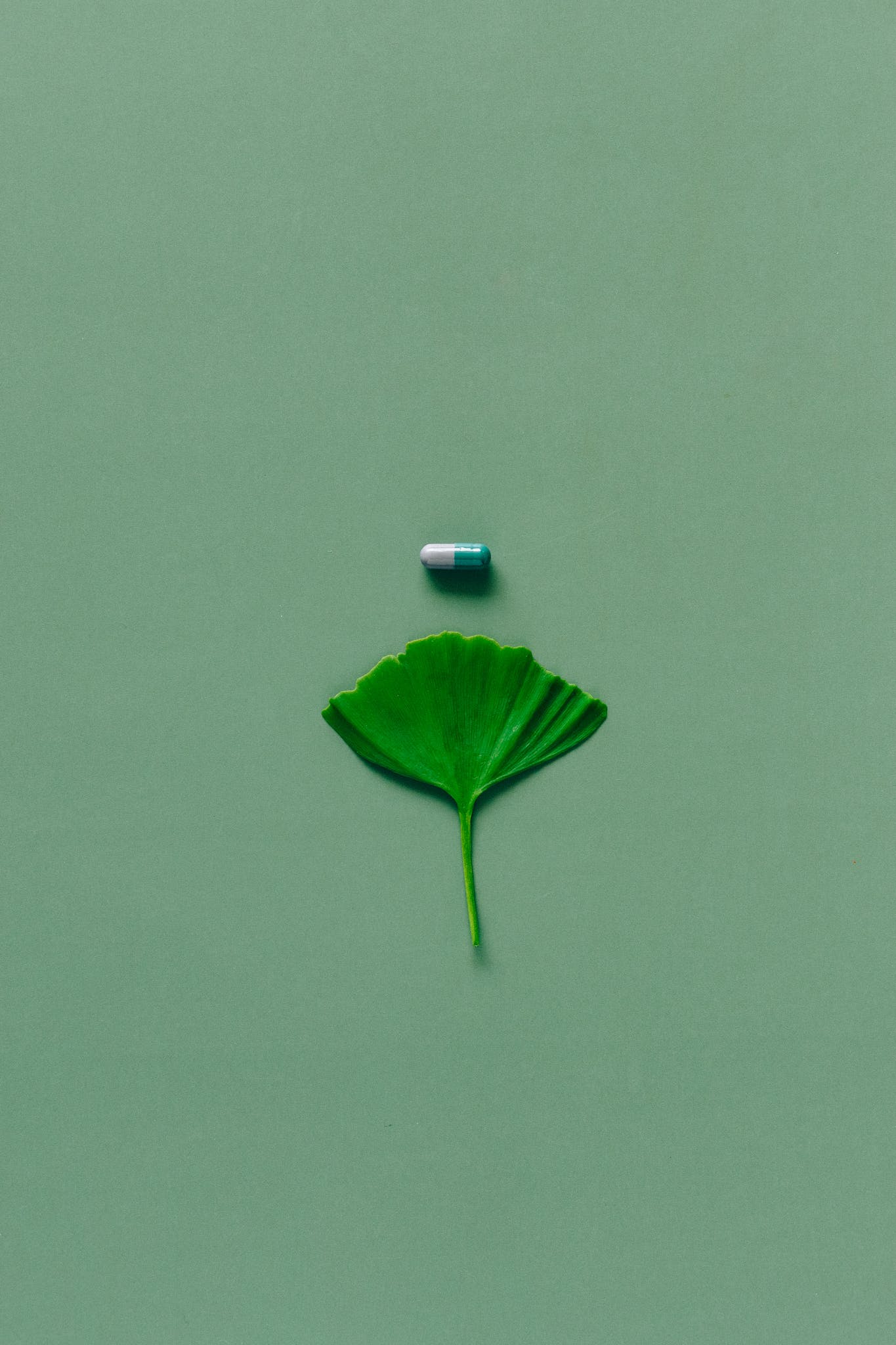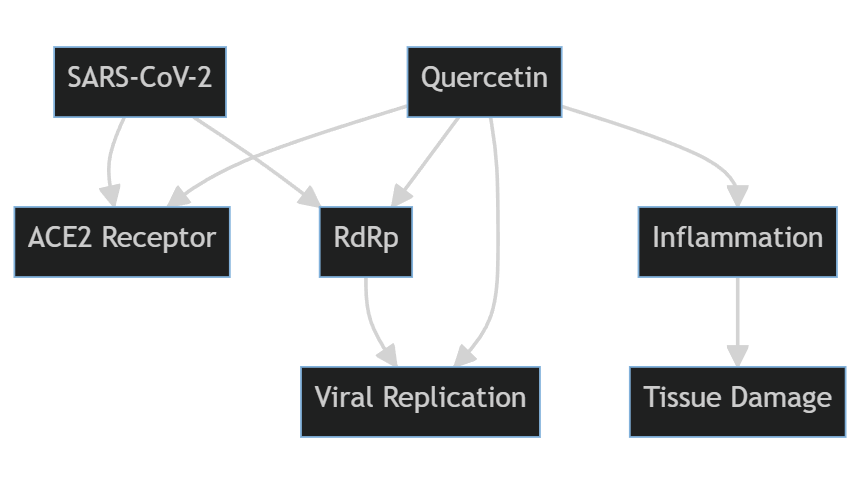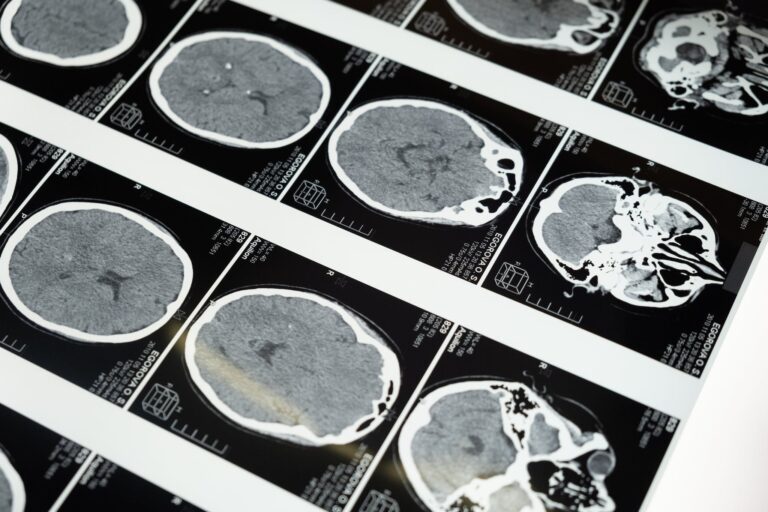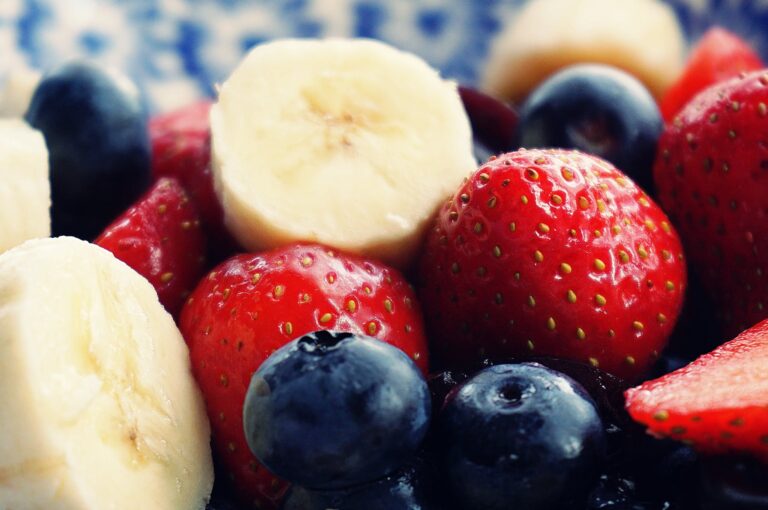
🚑 This common plant flavonoid shows promise as both a preventative and therapeutic for coronavirus.
📝 Introduction
As we enter year three of the COVID-19 pandemic, the search continues for safe, effective, and affordable treatments. Quercetin, a naturally occurring compound found in fruits and vegetables, is emerging as a promising option. Let’s explore the science behind this accessible antioxidant and its potential impact against COVID-19.
🎓 Key Findings
- In lab studies, 7.6μM of a quercetin derivative inhibited COVID spike protein binding by 51.8% and over 75% at higher doses.
- A clinical trial found that adding quercetin to standard care reduced recovery time by 5 days compared to standard care alone.
- Prophylactic quercetin supplementation reduced COVID-19 incidence by 5.6% compared to placebo over 3 months in one clinical trial.
- Quercetin’s antioxidant, anti-inflammatory, and immune-boosting properties are key to its antiviral effects.
🧠 Why It Works:
Quercetin fights COVID-19 through multiple mechanisms:
- Blocks virus entry by binding to ACE2 receptors used by the virus to enter cells.
- Stops viral replication by suppressing RdRp and other SARS-CoV-2 enzymes.
- Reduces inflammation and oxidative cell damage from viral infection.
- Enhances antiviral immunity through immune-boosting effects.
📊 Application & Implications
The accessibility and affordability of quercetin make it an appealing COVID-19 therapy option globally, especially in lower-resource areas lacking access to expensive treatments. Quercetin’s multi-target mechanisms also make it a candidate for preventative use or combination treatments.
✋ Limitations
Larger clinical trials are still needed to confirm optimal dosage, safety, and long-term efficacy. Bioavailability challenges may require specialized delivery methods. Viral mutations could potentially impact efficacy over time.
🏢 Real-World Examples
Some integrative health clinics have already begun offering quercetin-based COVID-19 protocols. Supplement brands like Life Extension sell specialized quercetin formulations marketing improved absorption. Quercetin is being evaluated alongside drugs like ivermectin and hydroxychloroquine as combination therapies.
⚡ Steps to Implement
- Discuss adding quercetin with your healthcare provider.
- Choose a bioavailable form and take with food.
- Consider 250-500mg daily for prevention, up to 1000mg for treatment under medical guidance.
- Pair with vitamin C for enhanced effects.
🔬 Study Details
- Type: Clinical trials & literature review
- Title & Source: “The Therapeutic and Prophylactic Potential of Quercetin against COVID-19.” Antioxidants, 2022.
- Researchers: Mohd Imran, Northern Border University, Saudi Arabia
💬 Quercetin’s Antiviral Mechanisms

📋 Summary of Clinical Trials
| Treatment | Main Findings |
|---|---|
| Quercetin + Standard Care | Reduced recovery time by 5 days |
| Prophylactic Quercetin | Reduced COVID-19 incidence by 5.6% |
| Quercetin + Remdesivir/Favipiravir | Improved outcomes including respiratory rate |
❓ Frequently Asked Questions
Q1: Could a simple plant compound really be an effective COVID-19 treatment?
A: Early clinical evidence and extensive lab research indicate quercetin has significant antiviral and anti-inflammatory properties that could make it a viable COVID-19 therapy, especially given its safety, accessibility, and affordability. More extensive trials are underway to confirm optimal dosing and delivery methods.
Q2: Were the clinical trials high-quality and unbiased?
A: The reviewed trials were small preliminary studies, so larger blinded, placebo-controlled trials are still needed. However, the trials followed standard clinical protocols and were registered. The peer-reviewed results support quercetin’s potential.
Q3: What’s the easiest way for me to try quercetin?
A: Speak with your doctor, then look for a quercetin phytosome supplement to enhance absorption. Take 500-1000mg daily with food. Pairing with vitamin C may provide added antiviral effects. Follow dosage guidelines carefully.
Q4: How does quercetin’s antiviral mechanism work?
A: Quercetin’s chemical structures allow it to bind viruses and block entry into cells. It also inhibits viral enzymes needed for replication by up to 95% in lab studies. This multi-target action prevents infection and stops replication.
Q5: Could quercetin help against future pandemics?
A: Possibly. Since quercetin blocks virus entry and replication, it may protect against emerging viruses. Its anti-inflammatory and immune-boosting abilities are also useful in pandemics. More research is still needed in this area.
💊 Conclusion
The common, plant-derived compound quercetin shows versatility as both a COVID-19 preventative and therapeutic in early research. While larger clinical trials are needed, its preliminary efficacy, safety, and accessibility make it an exciting candidate treatment.







